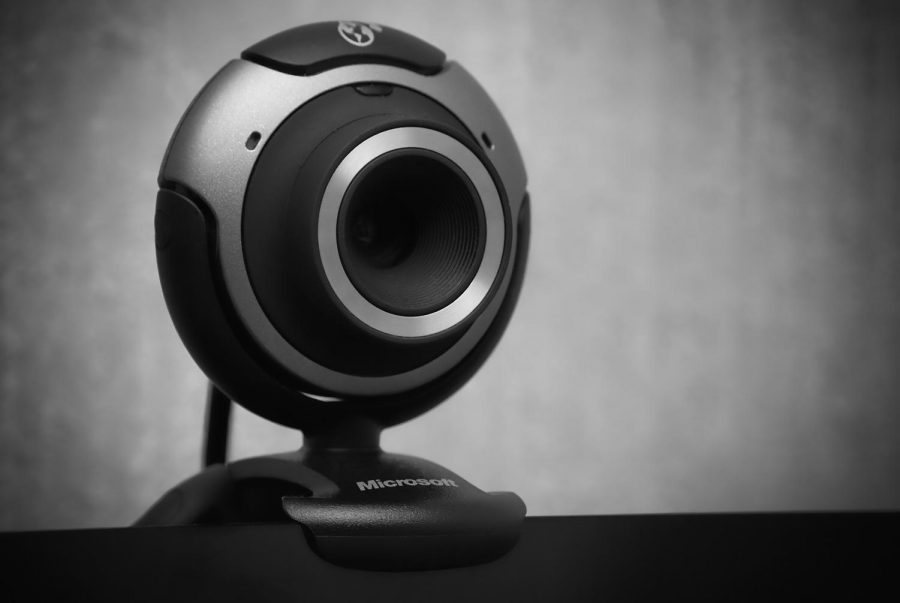Videoconferencing improvements coming soon to WSU
Developers say new system should help students with courses
February 7, 2019
A report by the WSU Information Technology Strategic Advisory Committee examined current videoconferencing systems and suggested recommendations for improvement for the university.
Tom Tripp, professor of management at WSU Vancouver and senior associate dean for the Carson College of Business, said videoconferencing allows students to attend a lecture taught by an instructor who is not in the same classroom. Videoconferencing classrooms are installed with cameras, screens, and microphones.
He said the system operates on the educational network K-20. WSU is one of the main users of the service, Tripp said.
The 15 person committee was formed in late spring 2018. They submitted the report in January, Tripp said.
The committee was split into two subcommittees after the initial meeting, he said. Tripp leads the subcommittee which studied how the classes were taught, how students learned in the classes and how the groups interact with technology.
Tripp said based on the data they collected, they will issue recommendations that could improve the experiences of students and instructors.
The second subcommittee is led by Bryan Valley, assistant director for infrastructure and support services at WSU Spokane. The group focuses on the technical and operational areas within the system that could be improved.
Tripp said both subcommittees analyzed surveys taken by students in videoconferencing classes. Although most users were satisfied with the classes, the subcommittees narrowed down the system’s main issues, he said.
The group plan is to create training videos for both instructors and students, Tripp said. The subcommittees’ goal is to have teachers and students become very efficient at using the system.
Tripp said he wants the system to become almost invisible as users interact with it.
One of the main goals of Valley’s seven person group was to establish a set of standards for all videoconferencing classrooms, he said. Those standards include high-definition video quality, proper lighting and sound equipment.
Valley said there are about 300 videoconferencing classrooms across all WSU campuses.
“It’s to refine and better define which ones are for academic use and which ones aren’t. Out of those 300, some are more designed for meetings than for academic purposes,” he said. “Once we have that standard outline, rooms either meet or don’t meet those standards.
Classrooms that would not meet the standards include those with several windows or high ceilings. Too many windows negatively affect the lighting of a classroom and microphones do not operate well with acoustics caused by high ceilings, Valley said.
He said around 80 percent of the current classrooms would need a few improvements to meet the minimum standards.
The design of some classrooms have issues, Valley said. In most classrooms, the quality of audio is affected most by its placement, not its technology. Similar observations have been made of camera placements. Having classroom design standards would help solve the issues, he said.
“We really wanted to deliver a report that was data-driven, not opinion-driven,” Valley said, “so we could put the university in a good position to make an informed, outcome-driven decision.”










